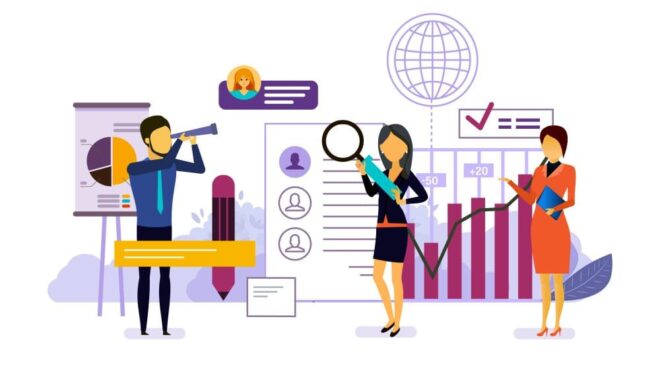![]()
Expenditure Categorization

Expenditure Categorization, Categorizing expenses for a tour and travel agency is essential for effective financial management and decision-making. Proper categorization helps you track spending, analyze profitability, and plan for future operations.
Here’s a guide on how to categorize expenses for a tour and travel agency:
Fixed Expenses:
These are recurring costs that remain relatively stable regardless of the level of business activity.
- Rent and Utilities: Office space, electricity, water, internet, and phone bills.
- Insurance: Liability insurance, property insurance, and employee benefits.
- Software Subscriptions: Booking systems, customer relationship management (CRM) software, accounting software, etc.
- Salaries and Benefits: Employee wages, bonuses, taxes, and any benefits provided.
Variable Expenses:
These expenses fluctuate based on the volume of business and customer demand.
- Transportation Costs: Fuel, vehicle maintenance, and any transportation-related expenses.
- Tour Costs: Guides, entrance fees, permits, and any costs directly related to organizing tours.
- Accommodation Costs: Hotel charges for accommodations provided during tours.
- Meals and Refreshments: Meals for tour guides, staff, and any provided to customers during tours.
- Marketing and Advertising: Costs for advertising, promotions, website maintenance, and social media campaigns.
Administrative Expenses:
These are general overhead costs associated with running the agency.
- Office Supplies: Stationery, paper, printer ink, and other supplies.
- Postage and Shipping: Mailing costs for brochures, documents, and packages.
- Professional Fees: Legal, accounting, and consulting fees.
- Training and Development: Expenses related to staff training and skill enhancement.
Commissions and Fees:
Expenses associated with partnering with other businesses or service providers.
- Commissions: Payments to travel agents, affiliates, or partners who bring in customers.
- Booking Fees: Fees charged by online platforms or reservation systems.
- Credit Card Processing Fees: Fees for processing customer payments via credit cards.
Depreciation and Amortization:
Allocation of costs for long-term assets over their useful lives.
- Equipment and Vehicle Depreciation: Gradual reduction in value of equipment and vehicles.
- Software Amortization: Spreading the cost of software over its estimated useful life.
Miscellaneous Expenses:
Any other relevant expenses that don’t fit into the above categories.
- Repairs and Maintenance: Repairs for vehicles, equipment, and office space.
- Travel Expenses: Expenses related to business travel for staff.
- Contingency Fund: Buffer for unforeseen expenses or emergencies.
Remember, it’s important to create a clear and consistent system for categorizing expenses to ensure accurate financial reporting. Utilizing accounting software can streamline this process and help you generate accurate financial statements for analysis and decision-making. Regularly review and update your expense categories to adapt to changing business needs and industry trends. Expenditure Categorization
To visit: https://www.mca.gov.in/

For further details access our website: https://vibrantfinserv.com